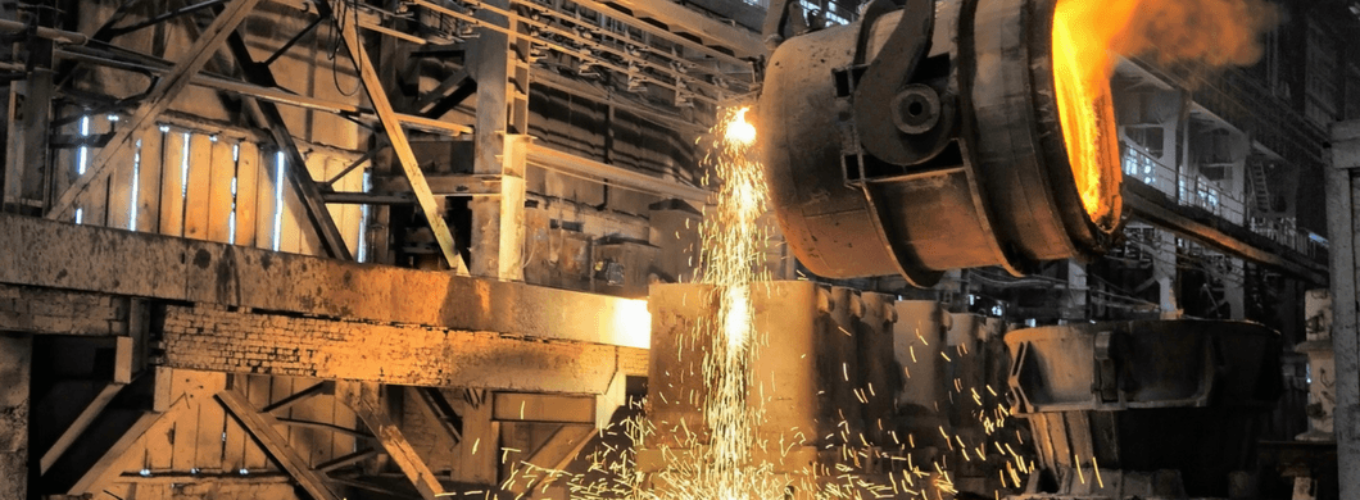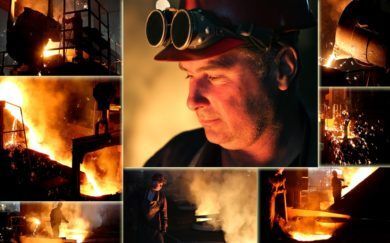Working in a foundry 100 years ago was hard work. Noise, chemicals, poor lighting, high temperatures, and molten metal at close to 3000° F were just some of the dangers inherent in foundry work. Fast-forward to 2018, and like most industrial jobs, much of the danger in foundry-work has been mitigated by mechanization, safety clothing and equipment, OSHA safety regulations, and modern methods that help to keep workers out of harm’s way.
Today’s foundry worker is, in many cases, a jack-of-all-trades. Especially true in smaller companies, employees are cross-trained to prepare sand, pour metal, assemble cores, grind castings, and maybe even work in the shipping department as needed.
However, in larger companies, each of these operations employs an individual or a department. Below is a list of just some of the jobs that make up a modern foundry. Foundry variety is heavily dependant on the final product and unique steps they take to achieve their individual processes.
Patternmaker
Every casting begins with a pattern. These are models–usually made of wood, metal, or plastic—from which a sand mold is produced. Molten metal is then poured into that sand mold to form a casting. Patternmakers must be able to read and interpret blueprints as well as operate wood or metal shop equipment to build patterns to the required specifications. It’s expected that most patternmakers will go through a lengthy apprenticeship or some vocational/technical training.
Metallurgical Engineer
Designing and modifying pattern blueprints is the responsibility of the metallurgical engineer. While this is a position that requires a degree in engineering, this individual will understand every aspect of the foundry including heat treating principles, metal testing procedures, quality control, certification documentation, and the various mold processes.
The engineer might well be involved in the casting quote and could have the responsibility of outsourcing any patterns that aren’t built in-house. He or she would also have input into developing any new technologies or processes that are introduced into the foundry. Engineers work closely with customers to ensure that castings conform to all specifications and to resolve any customer return issues.
Coremaker
Sand cores are made separately from the mold and then set into the mold to form holes and hollow areas in the casting. Core boxes perform the same function as patterns, and the boxes are normally filled with sand on a core machine.
The coremaker’s job is to clean the core box with compressed air before it is filled and then remove the sand cores after each cycle. Depending on the process, coremakers may be required to bake the cores, assemble them, or repair them. They may also be involved in filling and packing sand into the core box.
Coresetter
In larger automated foundries cores are set into the mold mechanically, but in many foundries this job is still done manually. That job falls to the coresetter, whose main responsibility is to position the core properly in the open mold. Coresetters also examine the mold and cores for defects, verify the spacing between the mold and core using gages, and assist in closing the mold. They may be required to use a hoist or jib crane at times.
Metal Pourer
In addition to pouring and regulating the flow of molten metal into molds, metal pourers collect samples, read temperature gauges, and adjust furnace flames or electrical heating units, so that the metal melts to specifications. They are also trained to spot defects and color changes in the metal.
Some pourers examine molds to ensure they are smooth and clean. They could also be tasked with collecting scrap for recycling and removing excess metal from ingots and equipment.
Casting Grinder
Because castings are produced with two mold halves, any slight opening between them will result in unwanted metal at the joint. These defects, called flashing or fins, are removed by grinding them in a secondary operation.
Casting grinders must be detail oriented and maintain the ability to lift and handle some relatively heavy castings. It requires a certain amount of care, as grinding wheels are turning at high RPMs and lapses in concentration could be dangerous.
Solutions for Every Foundry
Have a question about how GK equipment can improve your foundry process? Talk to our knowledgeable staff. Our expert team is able to design unique solutions for your foundry material handling needs. And rest assured, no matter where you’re located, we’ll help you get started with quality equipment that will meet and exceed your expectations.
Are you interested in making industry leading equipment for foundries around the world? Check out GK Careers and put your innovative spirit to work!








